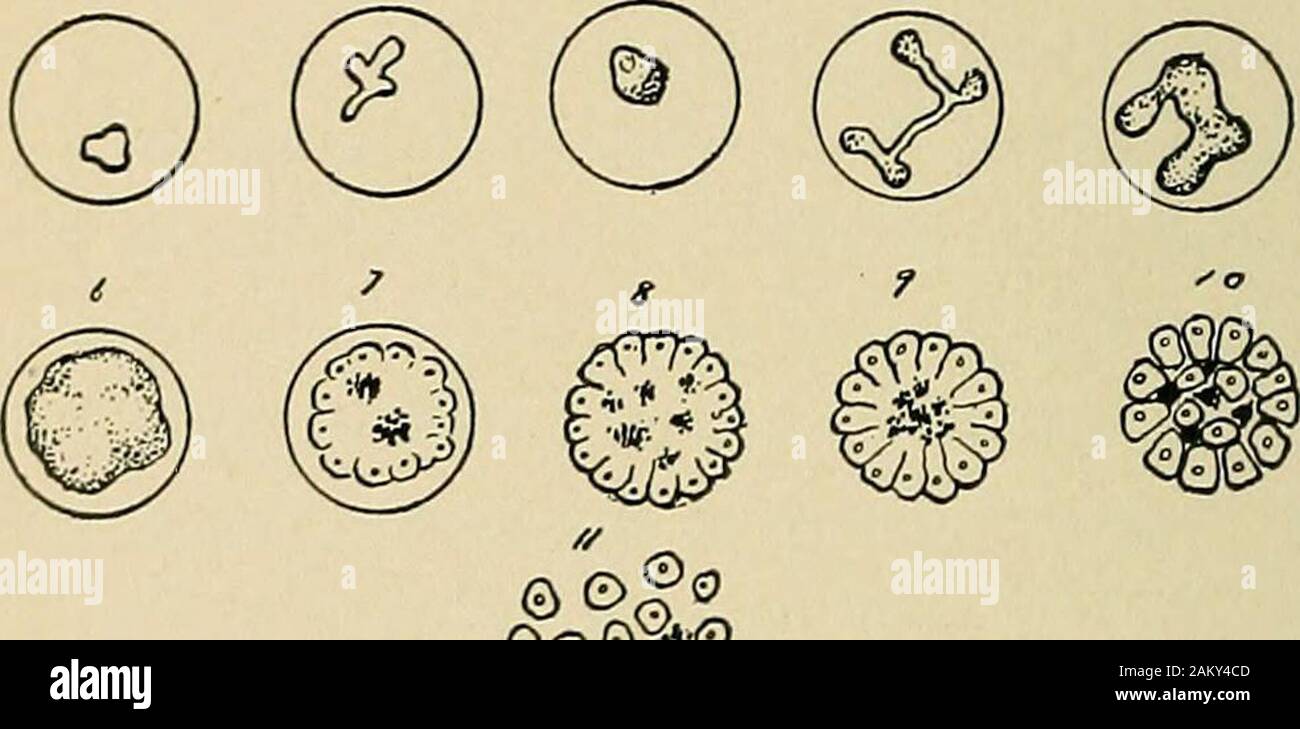The hygiene of transmissible diseases; their causation, modes of dissemination, and methods of prevention . tune to encounter is contained in The Malarial Fevers ofBaltimore, etc., by Thayer and Yiewetson, Johns Hopkins Hospital Reports,1895, vol. V. See also—Lectures on the Malarial Fevers—by Wm. SidneyThayer, M. D., published by Appleton & Co., N. Y., 1897. 192 HYGIEXE OF TRANSMISSIBLE DISEASES. organism its amoeboid movement becomes less apparent.The amount of pigment increases; it continues its activedancing motion, and is now seen to be irregularly arrangedaround the periphery of the orga

Image details
Contributor:
The Reading Room / Alamy Stock PhotoImage ID:
2AKY4CDFile size:
7.2 MB (228.7 KB Compressed download)Releases:
Model - no | Property - noDo I need a release?Dimensions:
2254 x 1109 px | 38.2 x 18.8 cm | 15 x 7.4 inches | 150dpiMore information:
This image is a public domain image, which means either that copyright has expired in the image or the copyright holder has waived their copyright. Alamy charges you a fee for access to the high resolution copy of the image.
This image could have imperfections as it’s either historical or reportage.
The hygiene of transmissible diseases; their causation, modes of dissemination, and methods of prevention . tune to encounter is contained in The Malarial Fevers ofBaltimore, etc., by Thayer and Yiewetson, Johns Hopkins Hospital Reports, 1895, vol. V. See also—Lectures on the Malarial Fevers—by Wm. SidneyThayer, M. D., published by Appleton & Co., N. Y., 1897. 192 HYGIEXE OF TRANSMISSIBLE DISEASES. organism its amoeboid movement becomes less apparent.The amount of pigment increases; it continues its activedancing motion, and is now seen to be irregularly arrangedaround the periphery of the organism (6 in Fig. 23). Beforethe end of forty-eight hours the organism has usually com-pletely filled its enveloping red blood-corpuscle. The pig-ment is very much increased in amount, and surroundingthe organism is a thin rim, the remains of the invaded cor-puscle. Sometimes all indication of red corpuscle disappears.When this stage is reached, the hitherto actively oscillatingpigment becomes motionless, or nearly so, and tends to col-lect near the center either as a single black or as a mass of. Fig. 23.—Some of the principal forms assumed by the plasmodium of tertianfever in the course of its cycle of development (after Thayer and Hewetson). dark, almost black granules. The substance of the organismnow becomes finely granular and somewhat more refractive.Indistinct radial striations make their appearance at theperiphery of the body; these grow more and more distinct, till finally the central pigment-mass is surrounded by from12 to 20 or more pear-shaped segments that give to thewhole a rosette-like appearance (7, 8, 9, 10 in Fig. 23). Eachsegment presents a small refractive central spot. A littlelater the central pigment-clump is seen to be surrounded bya group of completely separated, round, hyaline bodies simi-lar in all respects to those seen in the corpuscles at thebeginning of the observation (11 in Fig. 23)—i. c, during thelatter part of, or shortly after, the pre